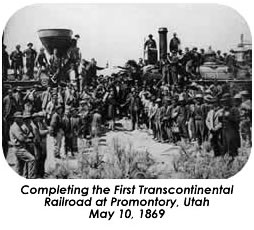CARTOON:
“The gap in the Bridge”
By: Leonard Ravenhill
Date: December 10th , 1919
I
chose this cartoon because I believe this will enlarge the last topic we have
seen, which was the US´s impact in the WW1. This cartoon refers particularly to
the end of World War 1 and the creation of the League of Nations.
Background:
In 1919 Wilson had the idea of
setting up the League of Nations. He was principally concerned with trying to
achieve world peace and prevent this previous conflict to happen again. The US
joined the World War 1 in 1917, three years after the war had already started.
Hundreds of thousands of Americans soldiers fought during WW1 and a hundred and
ten thousand lives were lost in a very short period of time. This had a knock
on effect on the American views of getting involved in such an organization.
Many felt that America should not get involved in this European issue which was
thousand miles away from their country. As a result of this some American
politicians began to appeal to the American public to stay out of the European
affairs. Consequently, the idea of America being involved in the League of
Nations was actually rejected by the American Congress, and as a result of this
America never joined it.
The
idea of the League was to achieve collective security to overcome border
disputes and prevent another world war
from occurring.
The 'Gap in the Bridge' cartoon tells us several
important things. Germany was missing. Russia was missing (because of its
communist government). The cartoon doesn't mention Japan (not an industrialised
nation). The bridge idea is to show its ability to join countries and provide a
means of communication. The importance of the gap is to suggest that the bridge
will fall apart without the USA.
I will analize the cartoon by looking at its denotation
(what we can see in the image) and its connotation (the effect on its
audience).
CONNOTATION: The League is not complete and will
collapse without the keystone.
Meaning: The League is weak.
CONNOTATION:
America not joining the League.
MEANING:
Without America the League will fail.
DENOTATION:
Under the bridge there is a deep dark cliff.
CONNOTATION:
If the bridge collapses, the world will fall into disaster.
MEANING:
Without the League, there might be another war.
CONNOTATION:
Asleep has a connotation of negligence and inconsideration.
MEANING:
America is being hypocritical by failing to join.
As I stated
before, the cartoon was published by the magazine Punch and the cartoonist is
an English man. This was published three months before the US Senate finally
voted to reject the Treaty and the League of Nations. This cartoon therefore
was a criticism to the American position and delay in joining. It was an
attempt to shame the Senate into joining the League by prophesying disaster if
it didn´t.




















